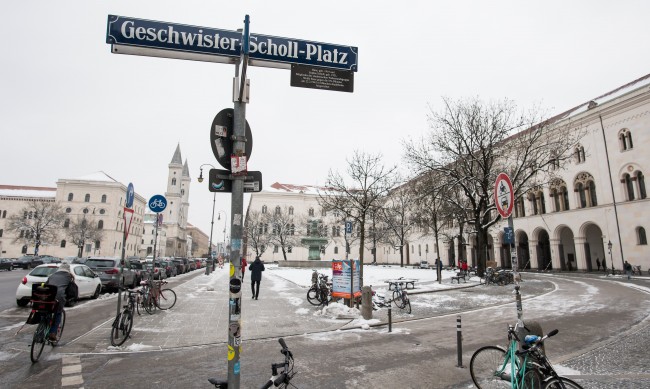Despite the lack of Russian tourist traffic, the second cheapest country after Turkey (according to a British report) expects to see 6 million tourists. We are talking about Bulgaria. A positive forecast was published by the Bulgarian media, citing Tourism Minister Hristo Prodanov.
In the summer season 2022, Bulgaria will receive from 5.5 to 6 million tourists. According to the official, they will come mainly from countries such as Poland, Hungary, Romania, Germany, the UK, Serbia, the Czech Republic, Israel and others. tourists, because many Bulgarians like to spend their summer holidays on the Bulgarian Black Sea coast. “We want to send a clear message that Bulgaria offers excellent holiday conditions and at the same time a safe destination – our Black Sea is a safe and peaceful area and we have a long tradition of quality and hospitality in tourism,” he said.
According to him, the promotion of all types of tourism is also an important task. He also added that in addition to traditional sea and winter tourism, it is important to use the potential of the country’s cultural tourism, spa tourism. In addition, focus on wine, gastronomic and medical tourism. Bulgaria is confident that tourists will go to them, as a recent report by British experts showed that this destination is the second after Turkey, which is the most accessible to vacationers in terms of cheapness.
The summer tourist season officially opened on the occasion of the 65th anniversary of the founding of the Black Sea resort with a festive procession along the embankment of the Golden Sands resort – the pearl of the Bulgarian Black Sea coast. An invitation has been sent to more than 30 officials from diplomatic missions accredited by the Bulgarian government to visit the resort and see what it has to offer. The invitation was sent out by the country’s Minister of Foreign Affairs Teodora Genchovska and the Minister of Tourism Hristo Prodanov. At the same time, officials and representatives of the diplomatic corps in Bulgaria are taking part in conferences dedicated to the 65th anniversary of the founding of the coastal resort.



















